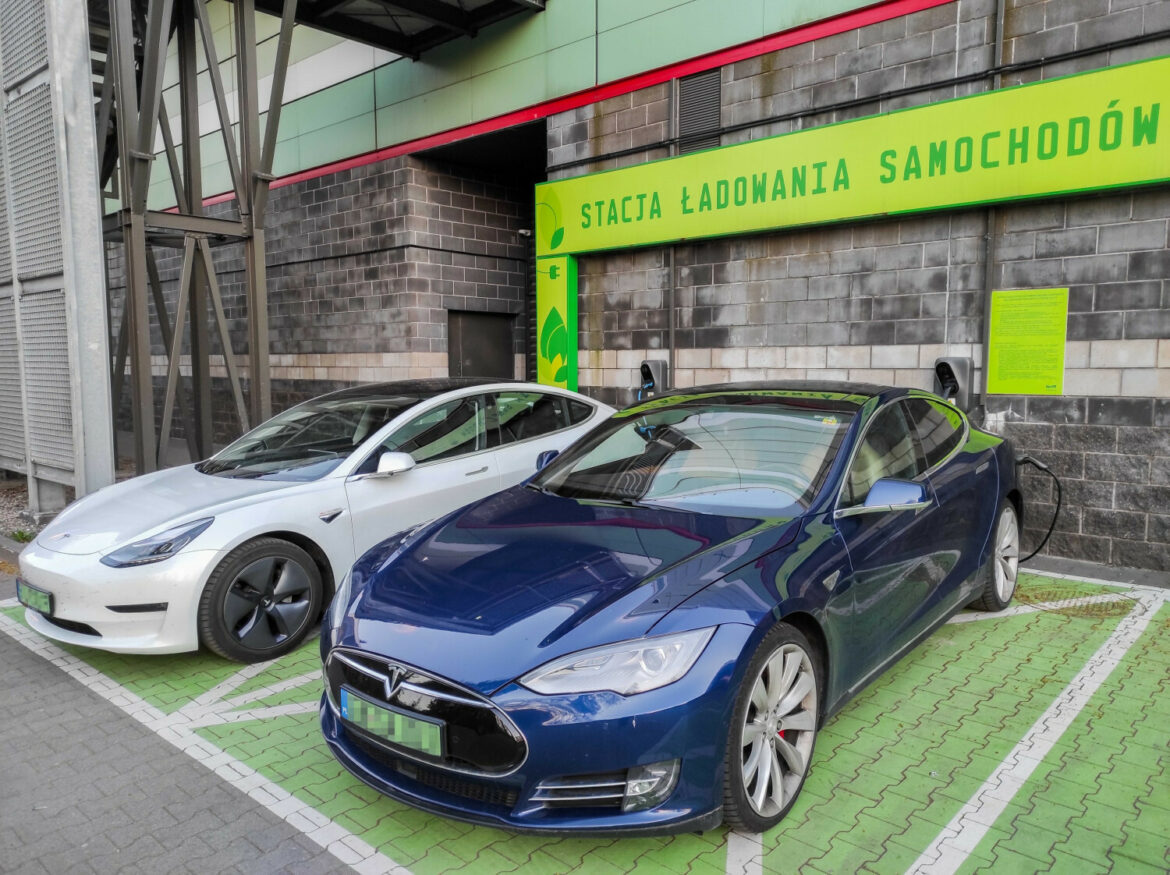In the first ten months of 2022, the number of passenger electric cars increased by 21 299 (i.e. a 47 % year-on-year increase) and at the end of October, a total of 59 564 passenger and commercial electric cars were registered in Poland
Approximately half of these (28 386) were fully electric cars (BEV, battery electric vehicles), and the remaining half (approximately 50 %) were plug-in hybrids (PHEV,plug-in hybrid electric vehicles) – 28 540, according to the Electromobility Counter conducted by the Polish Automotive Industry Association (PZPM) and the Polish Alternative Fuels Association.
Electric vans and trucks totalled 2,638 and the number of electric buses rose to 790. The number of electric mopeds and motorbikes is also on the rise, reaching 15,973 at the end of October, as well as the total number of hybrid passenger cars and vans, which rose to 450,093.
At the end of October this year, there were 2 494 publicly accessible charging stations for electric vehicles in Poland (4 821 points). 28 % of them were direct current (DC) fast charging stations and 72 % were so-called slow alternating current (AC) chargers with a capacity of 22 kW or less. In October, 34 new public charging stations were launched (83 points).
According to PZPM President Jakub Faryś, the construction of infrastructure for commercial vehicles is becoming crucial.
“While in the case of passenger cars, a significant proportion of charging can be carried out at home at night, the charging and hydrogen refuelling network dedicated to commercial vehicles and trucks must be located in a very well-thought-out way and must ensure fast and trouble-free charging of very large capacities. Therefore, this currently seems to pose a greater challenge than a charging network for passenger vehicles, although it is of course just as important”, says Faryś.
Arkadiusz Słomczyński





